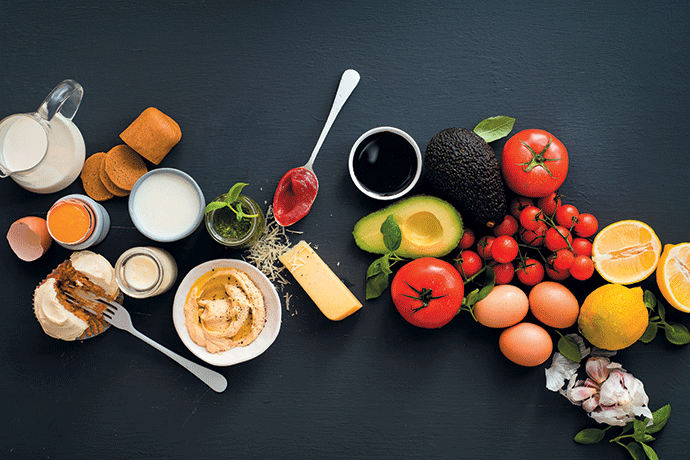Got leftovers and wondering how to store leftovers correctly for later use? Check out our handy guide to saving those remaining ingredients.
Milk
Freeze milk that will otherwise go off before use. However, previously frozen milk isn’t a good option for your morning cappuccino as it won’t froth.
Cookie dough
Roll leftovers into a cylindrical shape, wrap with cling film and freeze. Slice to bake.
Buttermilk
Freeze leftovers and use and when needed.
Tomato sauce
Refrigerate for prolonged freshness.
Pesto
Store in the freezer and scoop out as and when needed.
Separated eggs
Have more egg yolks or –whites than you know what to do with? Freeze in containers labelled with the quantity of whites or yolks and use when you next whip up mayo or meringues.
Cake
Cake should never be refrigerated – it becomes dry and often takes on other flavours in the fridge. Contrary to popular belief, icing won’t go off in a day or two at room temperature – the sugar in the icing prevents this from happening. Leftover icing can easily be frozen for later use.
Cream
Freeze leftovers and use in soups, sauces and for pouring, but not for whipping.
Hummus
Store portions in the freezer and use as and when needed.
Soya sauce
Refrigerate to prolong freshness.
Avocados
Store at room temperature but, if they are about to ripen, refrigerate until ready to use.
Tomatoes
Store at room temperature and, if you have a few that are about to go off, chop and freeze – use in sauces, but not raw, as they go mushy.
Lemons
Store at room temperature. However, as with all fruits and veggies, refrigerate once cut open.
Cheese
Hard cheeses, like Parmesan, and firm cheeses, like Cheddar, can be frozen, either whole or grated, and defrosted in the fridge to prevent crumbling.
Eggs
Whole eggs should be stored at room temperature.
Garlic
Store at room temperature. However, crushed garlic should be refrigerated.

